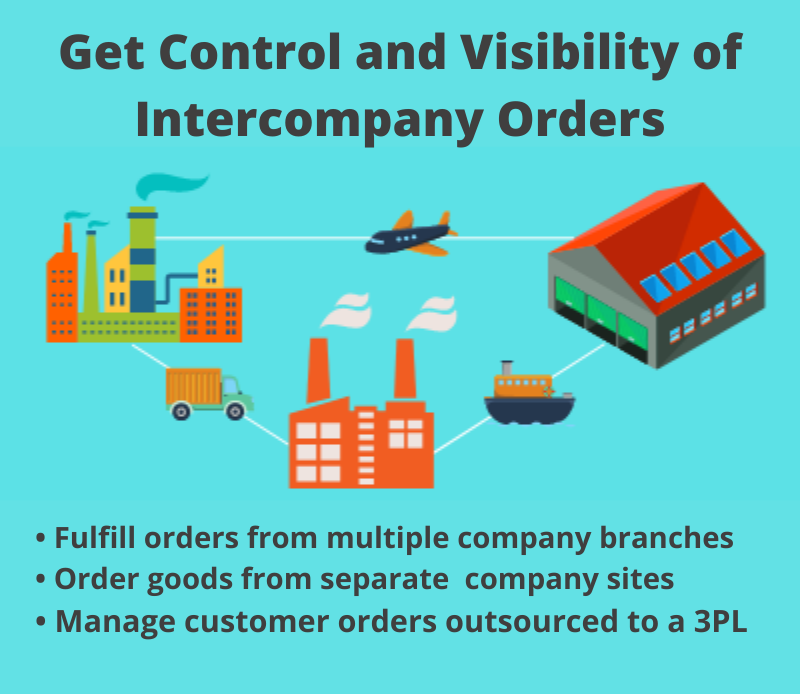Why Clarity, Coherence, and Trust Now Matter More Than Speed
 by Khoa To
by Khoa To
Operating Principle: The clarity of intention dictates the quality of attention.
We are entering a new strategic climate—one not announced by dashboards or headlines, but felt in the gradual erosion of alignment, the overextension of bandwidth, and the quiet sense that speed is no longer enough. In this Recessive Values Era, success is no longer measured by acceleration, but by alignment—how deeply an organization understands what it stands for and how consistently that shows up in what it does.
As AI accelerates production and saturates the visible landscape with outputs, what becomes most valuable is what remains invisible to machines: clarity of purpose, coherence of action, and trust built over time. These qualities are difficult to simulate and impossible to automate.
This is not an argument against technology. It is an invitation to reclaim the parts of leadership that cannot be scaled—and to reorient strategy around values that endure when algorithms converge and attention fractures.
The Big Idea: Reclaiming the Unscalable
When machines master the what, human leadership must return to the why. In a world of automated reasoning and rapid output, enduring differentiation lies not in what we produce, but in how and why we operate.
Our thesis is simple: the next great competitive edge won’t come from doing more—but from doing what aligns. Organizations that define their inner posture—clarity of intention, discipline of attention, and coherence of action—will build reputational equity, internal agility, and trust that compound over time.
Philosophically, this is not a new insight. Heidegger warned against the technological worldview that reduces everything to a resource, while Nietzsche called for intentional self-definition before action. Strategically, the shift is clear: from volume to depth, from expansion to coherence, and from output to orientation.
Intentional Constraints: Designing Strategic Integrity
Most organizations are conditioned to grow by default: more markets, more features, more reach. But in a time of technological abundance, constraint becomes signal.
Drawing on Eli Goldratt’s Theory of Constraints, we reinterpret limitation not as a deficiency, but as a tool for precision. Intentional constraints act as filters that sharpen focus, align resources, and protect cognitive space from dilution. They create boundaries that clarify what the organization won’t do—so that what it does has meaning and momentum.
In fact, many high-performing organizations attribute sharper innovation cycles, faster decision-making, and stronger customer trust to the strategic use of purposeful constraint.
The Economy of Attention: From Scarcity to Stewardship
We no longer compete over access to information—we compete on the ability to focus. As Davenport and Beck noted in The Attention Economy, the real scarcity today is not data, but directed attention.
This shifts the leadership mandate. It’s not just about allocating capital—it’s about stewarding attention, both internally and externally.
Externally, capturing attention requires brand and product coherence that cuts through saturation.
Internally, sustaining attention means reducing friction, aligning purpose, and building systems that preserve focus.
When attention is protected and guided by intention, execution improves, trust accelerates, and internal bandwidth is freed for meaningful work. These are not qualitative perks; they are performance multipliers.
Strategic Practices for Leadership Teams: A New Line of Sight
 To build for resilience in the Recessive Values Era, leaders must ask better questions. Below are five core reframes to help leadership teams re-center their operating model around what truly differentiates:
To build for resilience in the Recessive Values Era, leaders must ask better questions. Below are five core reframes to help leadership teams re-center their operating model around what truly differentiates:
Don’t ask: What’s our next growth initiative?
Ask: What aligns most deeply with our purpose?
Every project should be filtered through clarity of intent. Growth for its own sake often obscures direction. Alignment accelerates both velocity and credibility.
Don’t ask: How do we increase productivity?
Ask: How do we protect and focus attention?
True productivity arises when distractions are removed and attention is channeled. Redesign workflows and systems for frictionless focus—not just throughput.
Don’t ask: Where can we expand?
Ask: What can we deliberately not pursue?
Strategic constraint is not about small thinking—it’s about sharp thinking. Say no to protect coherence, preserve capacity, and clarify value.
Don’t ask: Are we hitting our KPIs?
Ask: Do our metrics reflect what we truly value?
Traditional KPIs often measure volume and efficiency. Consider integrating indicators like trust, alignment, and clarity—early predictors of long-term success.
Don’t ask: How do we earn trust?
Ask: Where have we designed for trust to emerge?
Trust cannot be mandated—it must be built into interactions, systems, and decisions. It must live in process, not just brand.
Leading from the Invisible
As the speed of automation increases and technology fills every visible space, recessive values—those quieter, deeper principles—emerge as the new foundation of advantage.
Clarity becomes capital: guiding teams through uncertainty with shared direction.
Coherence becomes executional power: aligning systems and strategy.
Trust becomes your differentiator: drawing stakeholders toward you, not just pushing messages out.
The old paradigm was scale. The emerging one is soul.
This moment calls for leaders who see through the noise. Not louder. Not faster. But clearer.

Watch a live presentation by Khoa To and Don Lindsey, Leading in the Recessive Values Era, from the MWUG Fall Conference.
Khoa To is Associate Director of Analytics at RxSight, a leader in light-adjustable intraocular lens technology. With a background in chemical and materials engineering from UC Berkeley and UC Irvine, and over two decades of experience spanning semiconductors, medical devices, and strategic analytics, Khoa specializes in building systems that align technology, people, and process. His work bridges operational precision with human-centered leadership, emphasizing clarity of intention, coherence of action, and trust as the foundation for sustainable performance—principles at the heart of his 2025 talk, Leading in the Recessive Values Era. You can reach Khoa at khoato@yahoo.com.
References
Heidegger, M. (1977). The Question Concerning Technology. Harper & Row.
Goldratt, E. M. (1984). The Goal: A Process of Ongoing Improvement. North River Press.
Davenport, T. H., & Beck, J. C. (2001). The Attention Economy: Understanding the New Currency of Business. Harvard Business School Press.
Nietzsche, F. (1883–1885). Thus Spoke Zarathustra. Penguin Classics. (“Three Metamorphoses”)
Hopp, W. J., & Spearman, M. L. (2000). Factory Physics: Foundations of Manufacturing Management. McGraw-Hill Education




